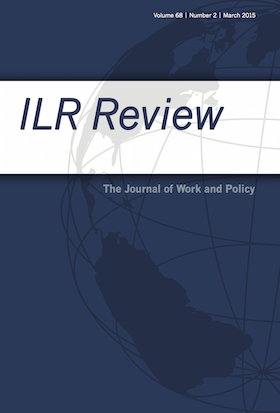Using a 20-month qualitative study of four US states that implemented career pathways spanning from high schools to colleges to employers, the authors illustrate the potential for state government actors to facilitate coordination of workforce development systems across geographies and industries. As a complement to explanations situated in workforce intermediary practices or formal state policies, the authors show that state actors can address barriers to coordination by using state actor orchestration—structuring provisional goal setting and revision, encouraging experimentation, and framing coordination to inspire collective action. This approach involves three types of practices: structural (building statewide governance structures and modifying governance processes), political (providing initial direction and piloting and broadening the set of stakeholders), and cultural (identifying key problems and collective action solutions and building social accountability for new roles). These practices vary according to states’ institutional environments: Where governance is more centralized, state actors gain latitude to guide regional workforce development.
Publication Type
- Article



